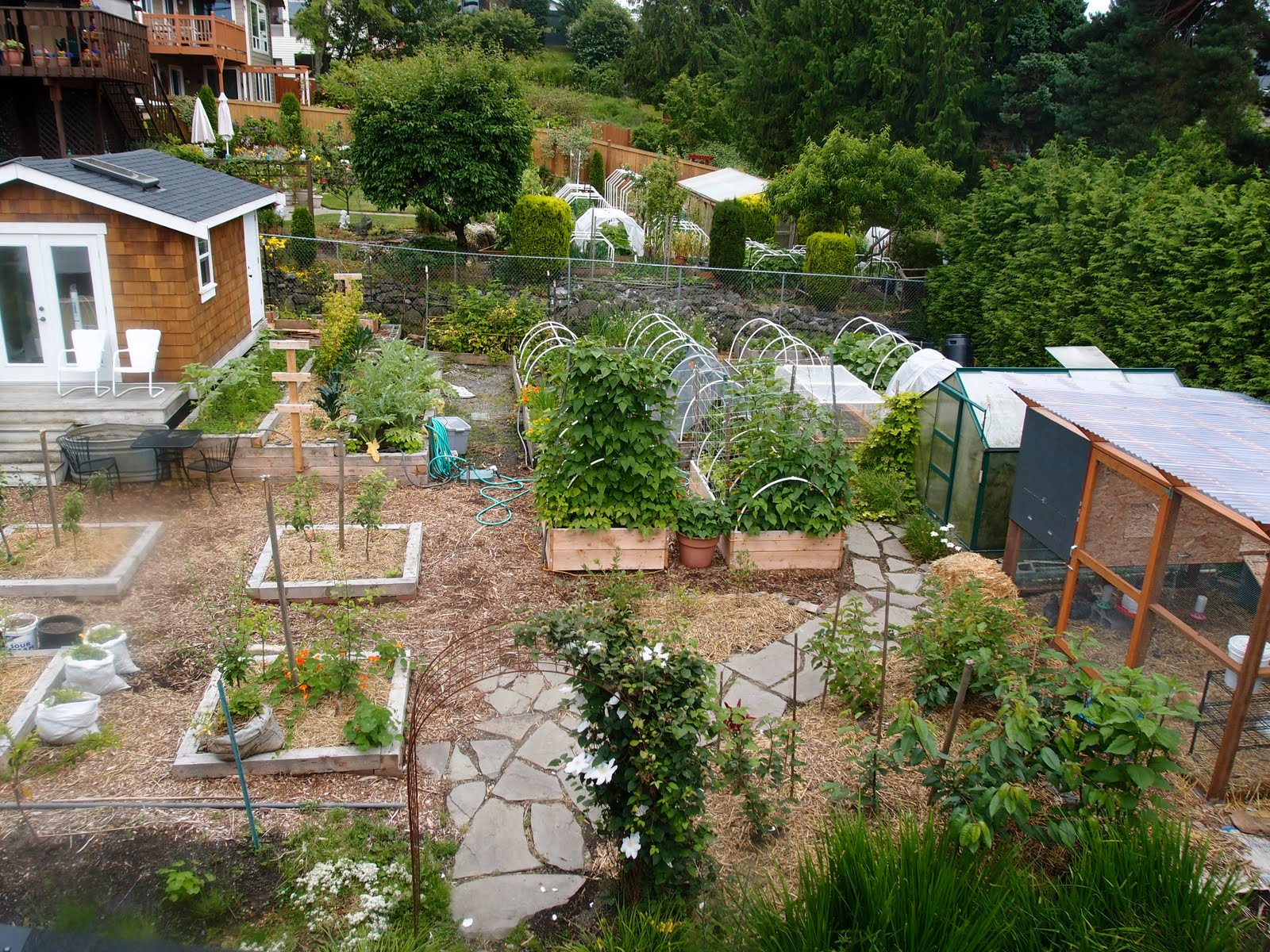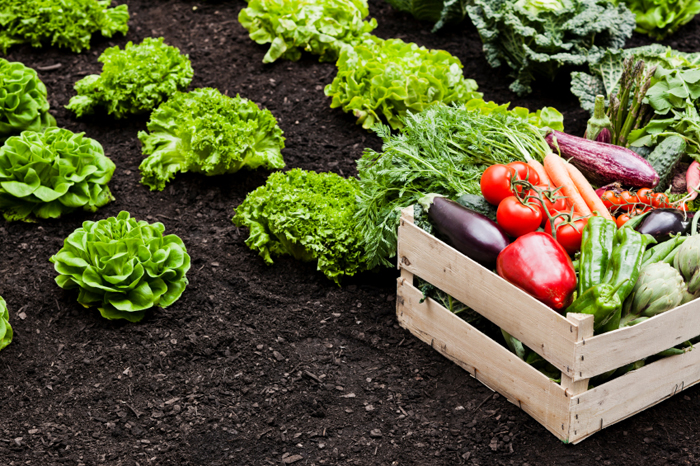How to Adapt Your Homestead Gardening
How to Adapt Your Homestead Gardening
Blog Article
Uncover the Secrets to Producing a Efficient and attractive Gardening Area
Developing a stunning and effective gardening space is not just a matter of planting veggies and blossoms; it calls for a calculated technique that encompasses numerous crucial components. From selecting the right area based on sunlight and dirt kind to thoughtfully designing your design and picking ideal plants, each decision plays a crucial function in the success of your garden.
Selecting the Right Area
Selecting the suitable area for your garden is crucial to its success and general aesthetic charm. The very first step in this procedure entails examining sunshine exposure, as many plants require a minimum of six hours of straight sunlight daily (Homestead Gardening). A south-facing garden generally obtains the most light, while shaded locations can impede growth and blooming
In addition, take into consideration soil top quality and water drainage. Well-draining soil is important to stop water logged roots, which can result in plant conditions. Carrying out a dirt test can supply valuable information pertaining to pH levels and vitamins and mineral material, enabling you to change the soil accordingly.
In addition, proximity to water sources is one more element to weigh - Homestead Gardening. Having easy accessibility to a hose or irrigation system can streamline the watering process and urge constant plant care. Wind protection is also essential; positioning your garden near structures, such as fencings or wall surfaces, can shield it from harsh winds that might damage delicate plants
Last but not least, think about availability for upkeep and harvesting. A well-placed yard allows for practical access, ensuring that you can easily tend to your plants without causing unnecessary anxiety or disturbance. Thoughtful location choice lays the foundation for a thriving garden.
Picking Plants Sensibly
When choosing plants for your garden, it's important to think about aspects such as climate, dirt problems, and personal preferences to make certain a harmonious and effective area. A complete understanding of your neighborhood climate will certainly guide you in choosing plants that thrive in your specific environment. Selecting drought-resistant ranges is beneficial in arid areas, while moisture-loving varieties might be more proper for locations with high rains.
Dirt problems are similarly crucial; conducting a dirt test can disclose pH degrees and nutrition web content, enabling you to select plants that will grow. Indigenous plants are usually an outstanding selection, as they are normally well-adapted to local dirt kinds and call for less maintenance.
Reflect on your individual choices-- selecting plants that resonate with your visual preferences will certainly improve your enjoyment and commitment to preserving your garden. By thoroughly assessing these aspects, you can produce a varied and thriving plant selection that elevates your horticulture experience.
Designing Your Yard Design
With an attentively chosen plant option in hand, the following action is to produce a garden layout that maximizes both beauty and capability. Begin by analyzing the readily available area, considering factors such as sunlight, wind, and shade patterns. A well-planned layout needs to include various areas, including areas for growing, pathways, and perhaps seating.
Beginning with bigger plants or focal factors, such as trees or tall perennials, placed strategically to develop visual rate of interest. Layer smaller plants in front to enhance depth and texture. Consider the growth routines of your picked plants; taller varieties should be positioned at the back or facility of beds, while shorter ones can line the edges.
Including pathways not just assists in accessibility for upkeep yet additionally welcomes exploration. Use products that match the garden's overall visual, whether gravel, rock, or wood chips.
Additionally, assume about seasonal modifications and exactly how your format will look throughout the year. Incorporating evergreens along with seasonal blossoms can make sure year-round beauty. Ultimately, a well-designed yard design balances the natural appeal of plants with sensible considerations, leading to an area that is both welcoming and efficient.
Enhancing Dirt Health

To improve dirt wellness, start by carrying out a dirt test to assess pH levels, nutrition web content, and dirt texture. This will notify your modifications. Integrate raw material such as garden compost, well-rotted manure, or leaf mold and mildew to boost dirt structure, water retention, and microbial activity. Furthermore, practicing plant rotation can avoid vitamins and mineral deficiency and reduce parasite and illness stress.
Mulching is an additional effective strategy; it not just saves wetness yet likewise subdues weeds and progressively enhances the dirt as it damages down. Avoiding excessive husbandry is critical, as it can interrupt dirt framework and damage useful organisms. Instead, take on no-till or marginal tillage practices to preserve dirt integrity.

Keeping Your Garden Effectively
A well-maintained garden is a resource of pride and performance, calling for regular focus to make sure that plants thrive and the landscape stays inviting. Efficient yard maintenance involves numerous essential practices that enhance the health and wellness of your plants and the overall visual of your space.
Normal watering is vital; nonetheless, it is essential to tailor your watering schedule based upon the specific website link needs of your plants and neighborhood climate problems. Mulching can aid preserve wetness, subdue weeds, and manage soil temperature. Furthermore, prompt weeding prevents competition for sources and nutrients, making certain that your plants grow.
Pruning is an additional crucial task. It urges healthy and balanced development, eliminates dead or diseased branches, and shapes plants to maintain an enticing structure. Additionally, keeping an eye on for parasites and diseases is crucial; early discovery and treatment can save your plants from considerable damage.
Fertilizing should be implemented thoughtfully, utilizing natural options whenever possible to advertise lasting soil wellness. Finally, seasonal jobs such as planting, splitting perennials, and planning for winter will ensure your yard continues to be vivid year-round. By following these methods diligently, you can cultivate a garden that is both stunning and effective.
Verdict
Selecting a proper area with ample sunlight, selecting ideal plants, developing a visually pleasing design, improving soil health, and making sure routine maintenance are important parts. By integrating these methods, one can grow a growing garden that not only boosts the landscape yet likewise promotes ecological balance and sustainability.
From choosing the right location based on sunshine and soil type to thoughtfully designing your design and selecting ideal plants, each decision plays a critical function in the success of your garden. Well-draining dirt is important to protect against water logged origins, which can lead to plant illness.When selecting plants for your garden, it's vital to consider variables such as climate, soil conditions, and personal choices to make sure a efficient and harmonious navigate here space. Inevitably, a well-designed yard anchor format harmonizes the natural appeal of plants with practical factors to consider, resulting in a space that is both inviting and effective.

Report this page